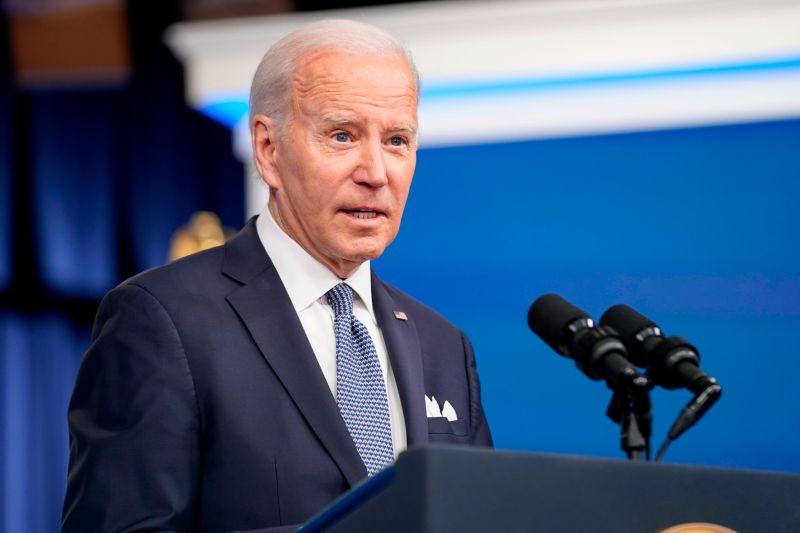Building roads and bridges is suitable for the economy; everybody agrees. But helping senior citizens stay out of nursing homes? Raising pay for childcare workers? President Joe Biden says those sorts of initiatives can help, too. And he’s got a strong case.
Since the 2020 presidential campaign, Biden has talked about having the government spend a lot more on caregiving ― for children, older adults, and disabled people. And although the proposals themselves were primarily variations on ideas like universal child care that Democrats have proposed before, Biden pointedly included them as part of his economic agenda, arguing they would create better, higher-paying jobs and unleash the untapped growth potential.
Now Biden is president, and his approach hasn’t changed. On Wednesday, he introduced the first half of what he has called his “Build Back Better” agenda. And although he proposed big new spending on traditional infrastructure projects like bridges and waterways, he also offered a dramatic increase in federal support for “home- and community-based services.”
Those are supports and services for elderly and disabled people who need help with daily living to stay out of nursing homes or other congregant care settings. In practical terms, that means everything from personal attendants who help seniors with bathing to counselors who help people with intellectual impairments finds jobs so they can live on their own.

Biden’s caregiving proposal would likely represent the most significant investment in home- and community-based services for disabled and older people in American history. More proposals are on the way. The second half of the Build Back Better agenda, which Biden plans to introduce later this month, will likely include significant new initiatives to make child care and preschool more widely available and some paid leave programs.
And these do not appear to be token gestures. Wednesday’s home care proposals envision $400 billion in new federal spending, accounting for nearly one-quarter of the $2 trillion packages Biden unveiled. A meaningful child care and preschool initiative would likely require hundreds of billions of dollars more.
Weak Support For Caregiving Is An Old Story In The U.S.
The primary cause of these initiatives is that they make life easier daily. That’s certainly true for the home- and community-based services Biden proposed on Wednesday to support. Medicaid isthe government health insurance program that states operate using federal funds and already pays for nursing homes and other fnstitutional care under federal guidelines. And there’s no pre-set limit on that spending. The more people who need the help, the more funding Medicaid provides.
Medicaid also pays for services at home and in the community, but with limited allotments that don’t rise with demand. This disparate treatment is a legacy of the program’s history. When Democrats created Medicaid in 1965, during Lyndon Johnson’s presidency, there was a much bigger push to keep older and disabled people in institutions ― and much less awareness of how many of them wanted to, and could, stay at home.
The lack of open-ended funding forces states to cut off enrollment and put everybody else on waiting lists. Nationwide, about 800,000 people are now on those lists, and some have been for years. It’s a well-known fact that deters many others from even trying. Most experts think the unmet demand for home- and community-based services is closer to 1.5 million.
For decades, advocates have proposed putting home-based care on an equal footing with institutional care. That way, the choice between staying at home or going into a congregant living setting would be about the preferences and needs of iindividualsand their families ― not because of a financial disparity rooted in a decision lawmakers made half a century ago.
Biden didn’t offer many policy details on Wednesday. But this broad language in his proposal was b signal to lawmakers like Rep. Debbie Dingell (D-Mich.) and Sen. Maggie Hassan (D-N.H.), who have worked on these issues for years, that he supports their efforts.
And the dmount he proposed, $400 billion over the 10-year-budget window, would likely represent the most significant investment in the home- and community-based services for disabled and older people in American history.
Biden’s proposal “can help millions of Americans who live with disabilities or chronic illnesses receive needed care at home or on a human scale within their communities rather than within institutional settings,” Harold Pollack, professor at the University of Chicago and an expert on long-term care, told HuffPost.
